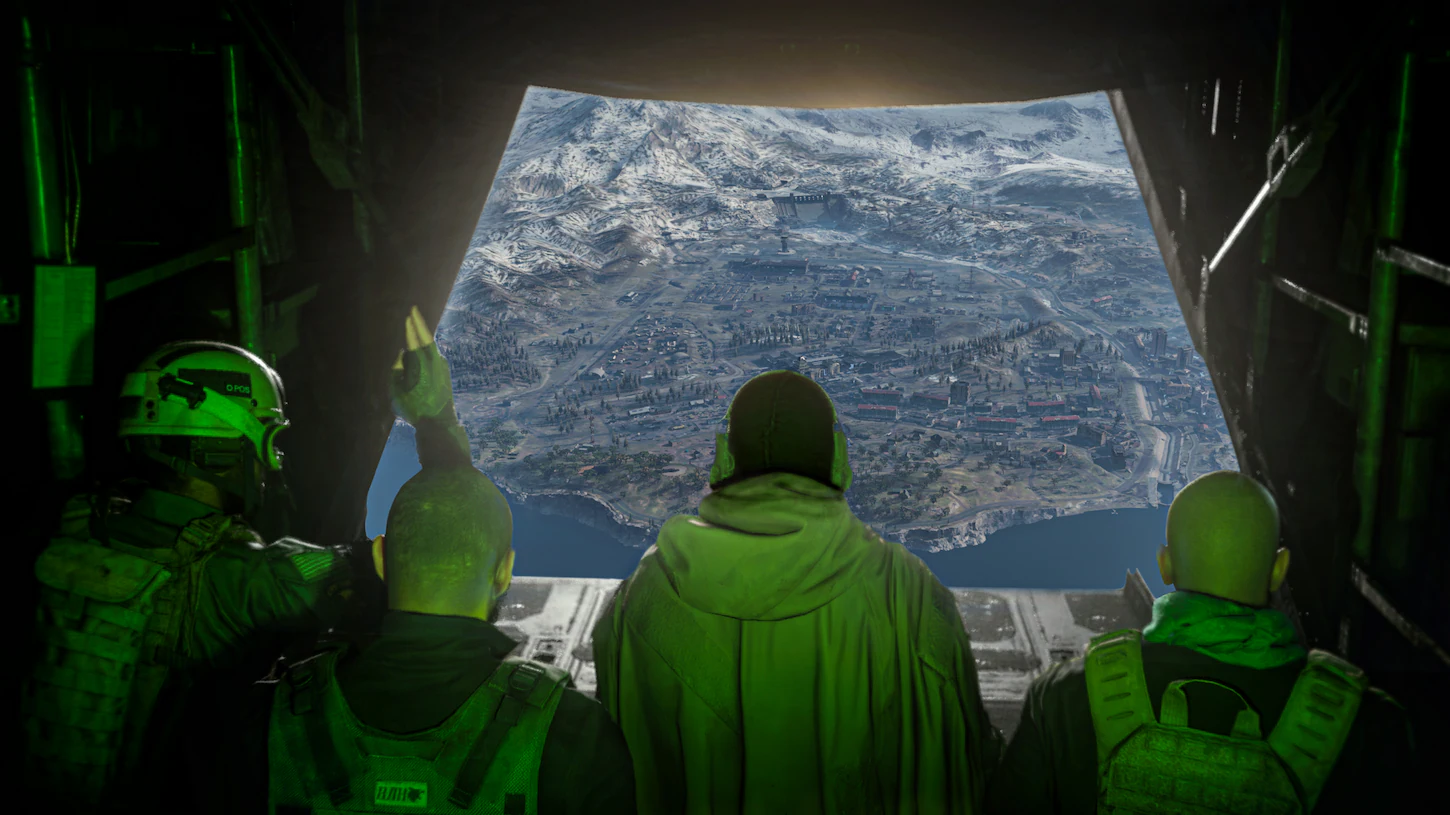Since its launch in March 2020, Call of Duty: Warzone has steadily built a competitive scene through third-party tournaments and official Activision events, drawing top talent from regions like North America and Europe. But does it have what it takes to stand among the leading esports titles?
To mark the game’s fifth anniversary, the fan-favourite Verdansk map made a comeback, alongside a new Ranked Playlist designed for competitive play. With rising popularity and strong viewership for tournaments, Warzone seems well-positioned for esports—but how does it measure up against established competitors?
The Rise of Warzone Esports
The return of Verdansk has reignited interest in Warzone esports, with players, streamers, and organisers eager to take advantage of the renewed focus. Recent tournaments have seen impressive numbers, with the Twitch Rivals Verdansk event peaking at over 163,000 viewers—a major jump from earlier competitions.
Activision’s official tournaments, alongside third-party events, ensure a steady flow of competitive action throughout the week. Additionally, Warzone is featured in the Esports World Cup, where players will battle on Rebirth Island using the fast-paced Resurgence mode. While this differs from the usual Verdansk format, the quicker gameplay keeps matches intense from start to finish.
Despite this momentum, Warzone still lacks a structured, year-long esports circuit—something rivals like Apex Legends and Fortnite have successfully implemented.
The Need for a Dedicated Competitive Circuit
Games like Apex Legends and Fortnite thrive with official esports circuits that include online qualifiers and high-stakes LAN events. Warzone has the potential to follow suit, particularly with the World Series of Warzone. Instead of being a single annual event, it could evolve into a full-fledged competitive series, with online qualifiers leading to major tournaments.
Currently, the Esports World Cup and World Series of Warzone serve as the main LAN attractions, but offline events remain rare. For the esports scene to grow, a consistent schedule is crucial—giving fans teams to support, rivalries to follow, and regular events to watch.
How Warzone Stacks Up Against Competitors
Without a structured esports circuit, Warzone lags behind other battle royale titles in terms of growth. For example, the Apex Legends Global Series recently hit nearly 250,000 peak viewers, while Warzone’s biggest event reached just over 163,000. However, Warzone’s numbers don’t account for individual player streams, which could significantly boost overall viewership.
Another challenge is the limited presence of major esports organisations. While some teams compete in events like the Esports World Cup, few maintain dedicated rosters year-round. Without more organisations investing in Warzone, attracting larger audiences will remain difficult.
Meanwhile, Fortnite continues to dominate with massive events like the FNCS Pro-Am, which drew over 660,000 viewers. Its broad appeal, frequent collaborations with pop culture icons, and influencer-driven tournaments make it a powerhouse. Warzone, with its military-style gameplay, targets an older demographic—but there’s untapped potential, especially if Activision introduces high-profile events like a Warzone Pro-Am.
The Future of Warzone Esports
2025 could be a turning point for Warzone esports. With growing interest and a solid foundation, Activision has the opportunity to refine its competitive structure and establish Warzone as a leading battle royale esport. By introducing a consistent tournament circuit and attracting more esports organisations, Warzone could secure its place in the competitive gaming world.
